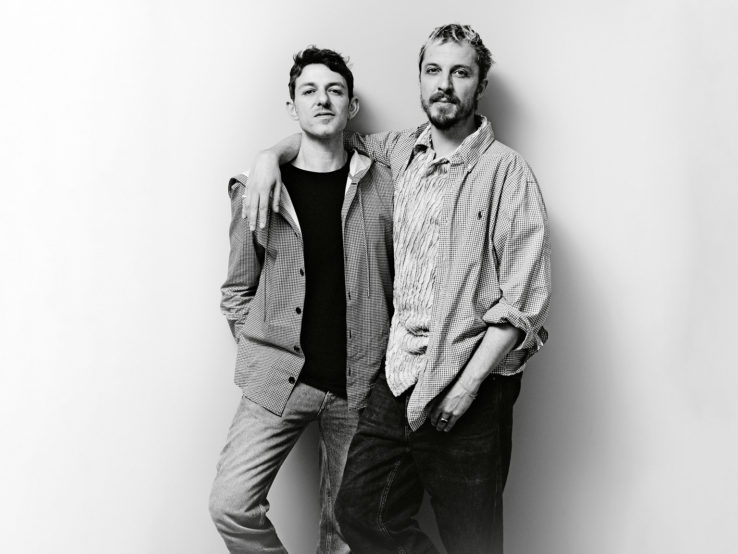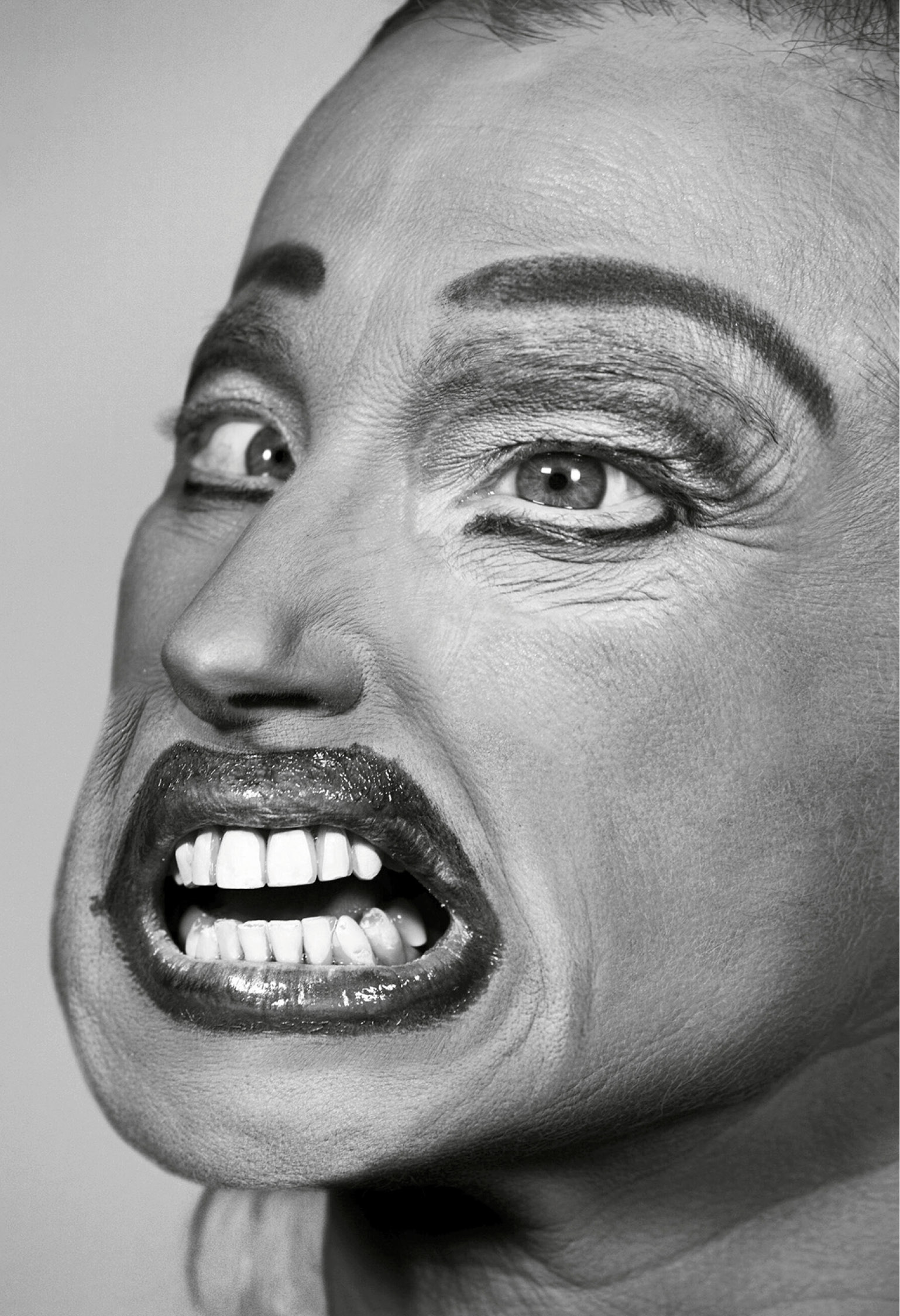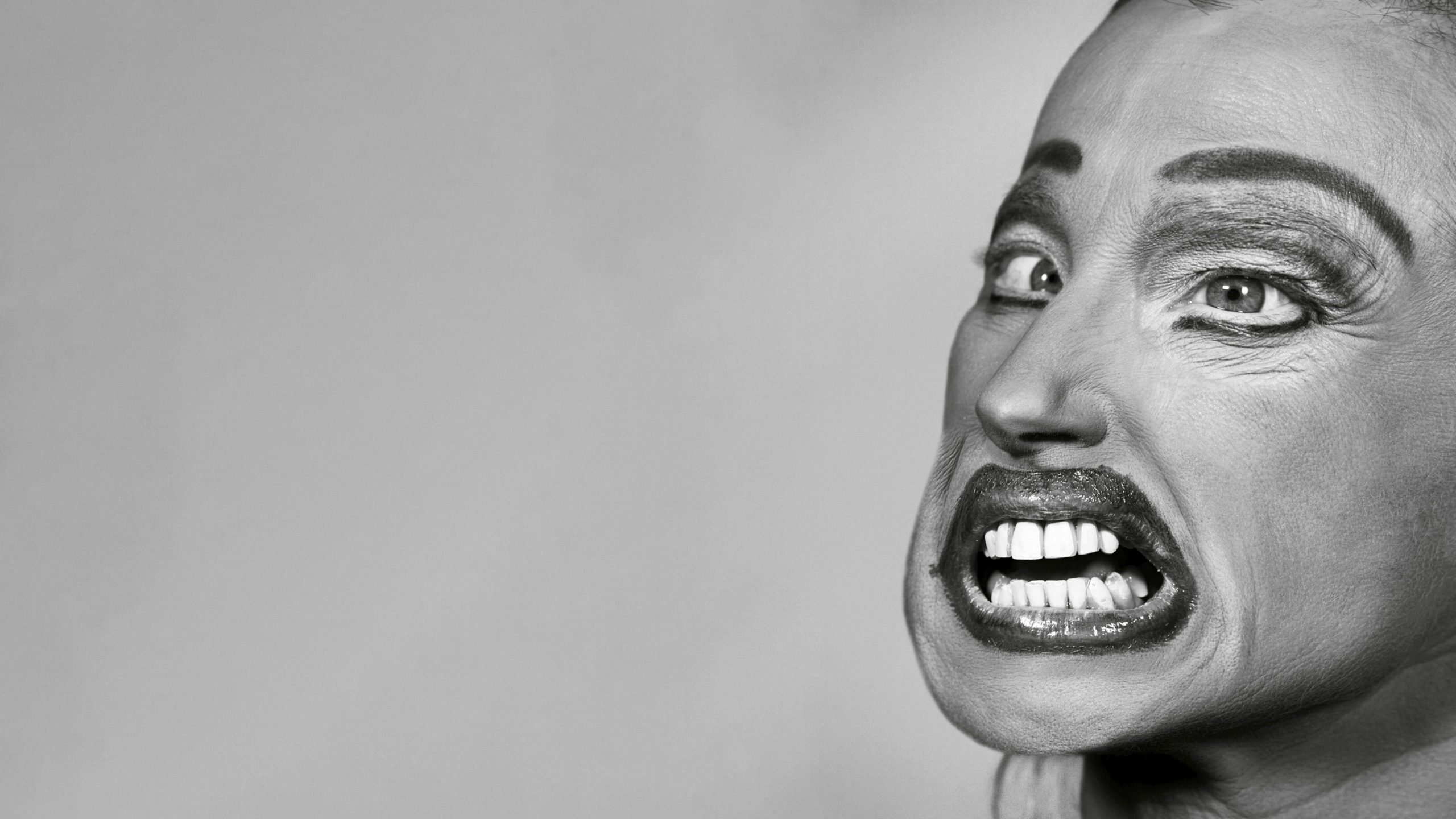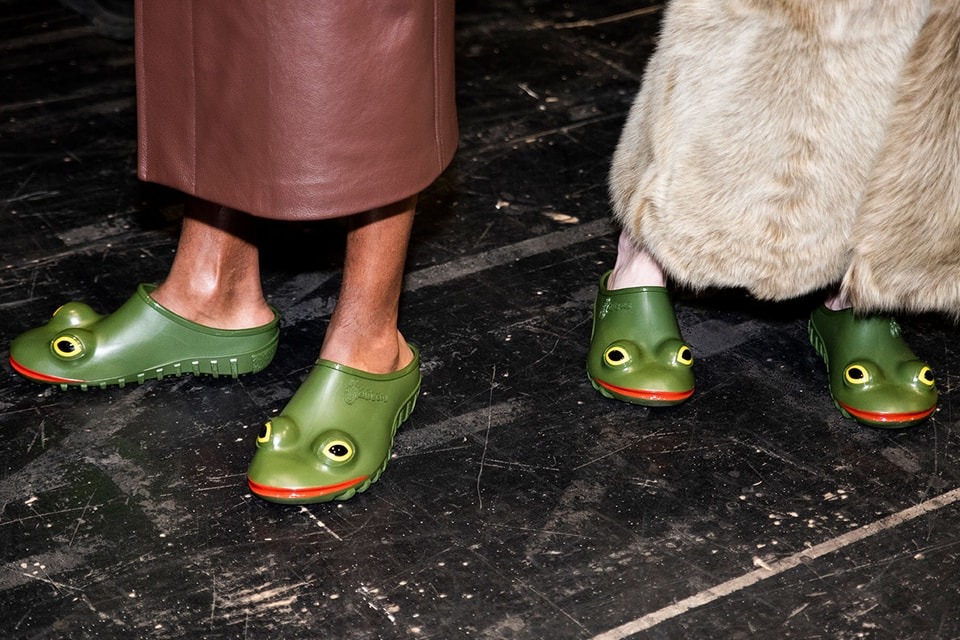Last February, it’s with a heavy heart we found out that Arte France was parting ways with its most iconic and ambitious program to date: Tracks, a laboratory of the bizarre which first popped up on our TV screens in 1997, and which would unearth unusual, extreme, disturbing and sometimes downright embarrassing counter-cultures from the four corners of the earth. So it’s hardly a surprise that for its final episode, Tracks would come up with a special « cringe » edition: after all, this ultimate combo of « weird », « awkward » and « creepy » seems to have become a fixture of our daily lives of late. In other words, and “in its most broad and informal sense, cringe is a confused, negative emotional and physical reaction. It combines embarrassment, shame, and sometimes repulsion in the face of a real or virtual social interaction, which translates quite well into a so-called awkward situation », says Carine Farias, researcher and professor of entrepreneurship and ethics in the business world at the IÉSEG School of Management, who takes a close interest in the construction of ethical, moral and cultural norms and practices within groups and organizations. Literally, to cringe, derived from the Old English cringan, means « to cower », « to wince », « to recoil ». Anywhere you look, cringe reigns supreme, so much so that instances with varying degrees of intensity have been coming thick and fast lately: Outlandish debates on TPMP? Cringe. (ndlt: TPMP is a popular talk show that critics view as retrograde, sexist, homophobic and racist) The evocation of the « brown bulge » of an « anus » in Economy Minister Bruno Lemaire’s latest novel? Cringe again. Tik Tok challenges, lip dubs, dances and other unsuccessful five-minute crafts? Welcome to Cringetown. Michel Houellebecq’s porn movie? Cringe overload…!
This strange phenomenon has spread across the globe to such an extent that we now speak of cringecore, very much on display in fashion and beauty, where weirdness, not to say downright ugliness and bad taste, has always managed to find its way into our wardrobe. An observation echoed in the essay Le Goût du moche by fashion journalist Alice Pfeiffer, who rightly draws on the work of French sociologist Pierre Bourdieu (cf. La Distinction, 1979) and quotes Italian writer Umberto Eco (cf. Histoire de la laideur, 2007): « What will be regarded as high art tomorrow might seem a lapse in taste today. » Looking at you. JW Anderson’s frog shoes; shaved or bleached eyebrows; Balenciaga stiletto Crocs; Louis Gabriel Nouchi’s tee-shirt with its faux sweat-stained collar… As an antidote to the banality, minimalism and « no fuss » culture embodied by normcore, vanilla girl and BC-Beige G, cringecore is seen as a liberating movement, calling on us to embrace our darker side: « Learn to live alongside cringe, » said singer Taylor Swift – not exactly one to step out of line – upon receiving her honorary doctorate in art from New York University in May 2022. And the edgy British magazine Dazed & Confused is talking about a wave of uggo-weirdo looks dubbed « Ketamine chic »… So, ready for the great shiver of embarrassment?





